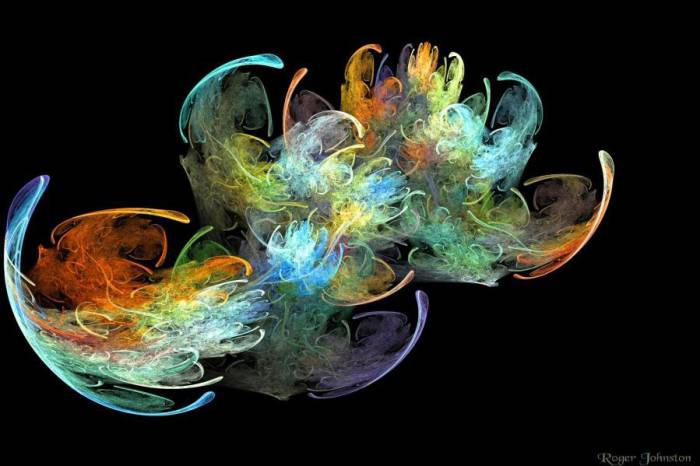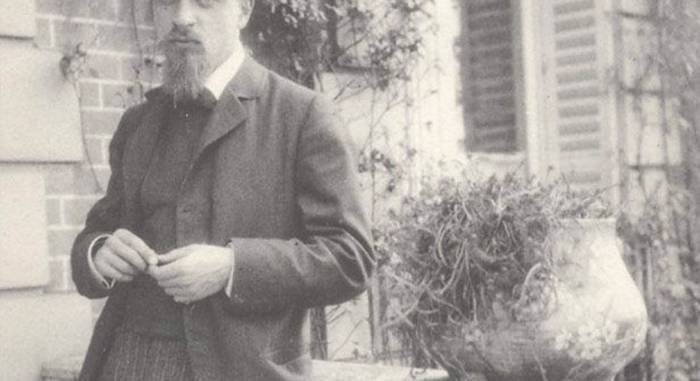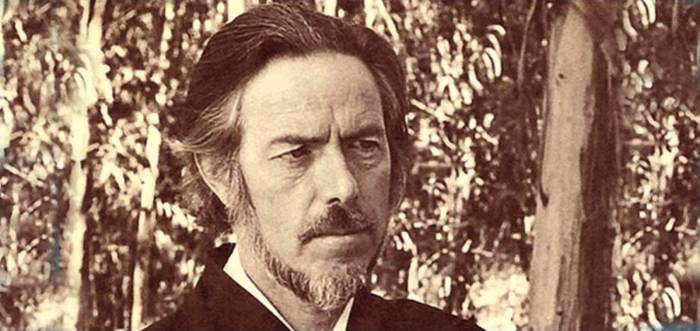Charles Mackintosh and His Phantom Furniture
Scottish architect and designer Charles Mackintosh, was known for his originality and for his exceptionally beautiful and strange furniture.
At the beginning of the 20th century, Scottish architect and interior designer Charles Mackintosh would create furniture to bring together Neo-Gothic style and Scottish art. The resulting objects had a personality that had never been seen before and had a physical presence that, according to many critics, resembled specters.
Charles Rennie Mackintosh studied art in Glasgow and, at the age of 21, began to work as an illustrator in the Honeyman and Keppie architecture firm, where he would work for 25 years and established a career as an architect. Some of his best known architectural works are the Glasgow School of Art and Hill House. By 1920, Mackintosh had abandoned architecture and left Glasgow for London. He, however, continued to paint with watercolors and he would periodically return to his hometown for the rest of his life.
His work, which is for the most part unknown in the United Kingdom —especially his interior design and furniture— would be recognized in other cities in Europe such as Vienna, Moscow and Turin.
In addition to painting, he devoted a great part of his life to interior and furniture design, which were characterized by the simple materials used to make them and their unconventional shapes. They would also follow an evident pattern of Scottish design, combined with the Neo-Gothic style that also defined other schools tied to his oeuvre, such as Art Nouveau. The work of this Scotsman would also work with the values of British modernism, which was burgeoning at the time.
Mackintosh’s work, and his group, would be known as the Glasgow School, or “the School of Ghosts”, perhaps because of the objects they created —chairs, tables, desks and dressers— that possess a restrained beauty, as well as a strong presence, makes them objects that seem to observe their viewers, as if these pieces of furniture, ghosts of the past, beings at the service of others, had a life of their own.
Related Articles
7 Recommendations for Organizing Your Library
For the true bibliophile, few things are more important than finding a book from within your library.
Red tea, the best antioxidant beverage on earth
Red tea is considered to be the most unusual of teas because it implies a consistently different preparation process. ––It is believed that its finding came upon surprisingly when traditional green
A brief and fascinating tour of the world's sands
To see a World in a Grain of Sand And a Heaven in a Wild Flower, Hold Infinity in the palm of your hand And Eternity in an hour. - William Blake What are we standing on? The ground beneath our feet
Strengthen your memory with rosemary oil
For thousands of years rosemary oil has been traditionally admired and used due to its many properties. In the Roman culture, for example, it was used for several purposes, among them cleansing, as
Literature as a Tool to Build Realities
Alain de Botton argues that great writers are like lenses through which we can see an infinite array of possibilities.
Mandelbrot and Fractals: Different Ways of Perceiving Space
Mathematics has always placed a greater emphasis on algebra, a “purer” version of itself, one that is more rational at least. Perhaps like in philosophy, the use of a large number knotted concepts in
Luis Buñuel’s Perfect Dry Martini
The drums of Calanda accompanied Luis Buñuel throughout his life. In his invaluable memoirs, published under the Buñuel-esque title, My Last Sigh, an entire chapter is dedicated to describing a
A Brief Manual of Skepticism, Courtesy of Carl Sagan
Whether or not you’re dedicated to science, these tips to identify fallacies apply to any form of rigorous thinking.
How to Evolve from Sadness
Rainer Maria Rilke explored the possible transformations that sadness can trigger in human beings.
Alan Watts, A Discreet And Charming Philosopher Of The Spirit
British thinker Alan Watts was one of the most accessible and entertaining Western interpreters of Oriental philosophy there have been.













